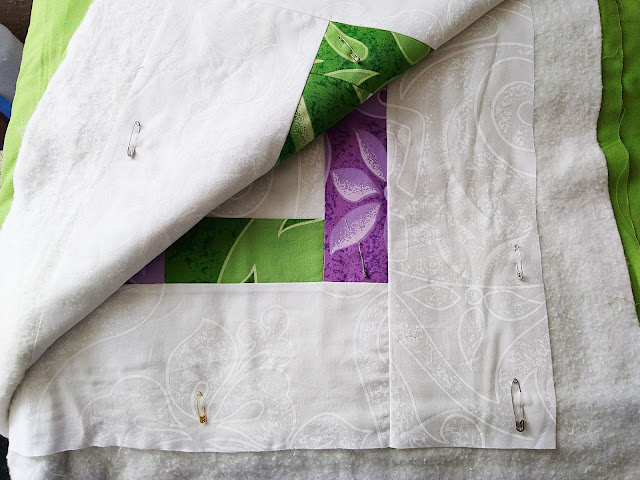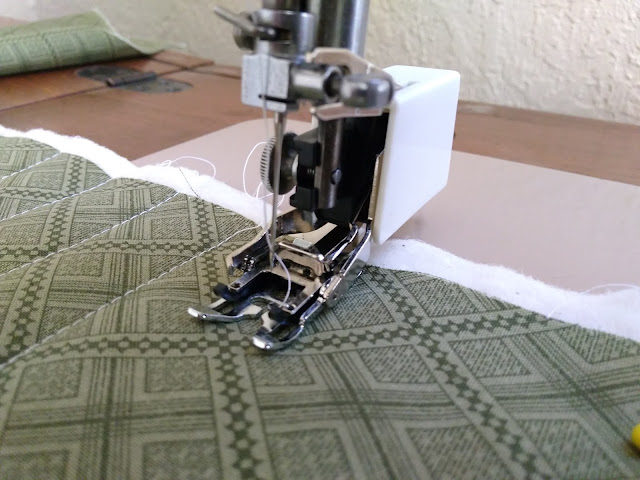There has been a lot of discussion among fashion industry types of burnout. With many years in the fashion industry, I can confirm burnout is a real experience. I designed or worked on the same basic product for nearly 20 years. I reached a point in which there was not much left in the well to draw from creatively. It was at my least creative moments that I did some of my best work because my employer threw me some projects that kept me motivated. After that opportunity closed, I just did not have it in me to go after freelancing jobs in the same market segment. I was burned out.
Designers new to the business quickly burn out for various reasons. Fashion production has a much smaller time scale than in years past. Producing three to four new lines a year is extremely difficult. There are fast turn times on samples and sourcing. The sales cycles are short. Designers are under constant pressure to produce something new, fresh, exciting and on budget. This means long hours for days and weeks on end.
Some trade groups have taken notice and start to advocate for better pay and hours. I don't know if anything will change, but these are some of the things I did to help battle burnout.
Schedule time off
This may be difficult depending on your job situation. But we all need time away from the grind. I had at least one day off a week to focus on other things. Attending church and focusing on family provided a weekly boost that kept me going. Plan vacations. The point is to be intentional with your time off and do something else other than work.
Turn off social media
It is tempting to troll Pinterest or Instagram for new ideas all the time. Facebook, Twitter, and any other social media platform can bombard you and your mental health with unrealistic expectations. It is as true in the fashion industry as anywhere, but there is an expectation to stay on top of trends by following trendsetters. Designers not only have to create a new look, they are expected to also live it. Save your mental health by not looking at social media outside of work time or responsibilities so you can be yourself.
Explore new hobbies or interests
As a designer, many of my hobbies and interests were related to my occupation. This meant I was surrounded by work related supplies and tools at work and at home. Try to find a hobby that is different to help re-energize you mentally and physically.
Take care of yourself
One of the primary causes of burnout is a lack of rest, either mentally or physically. There are only so many 12 hour days you can do before you just don't perform well on the job or at home. Prioritize sleep, healthy eating, and exercise. If there are health issues, then address them. If these things are allowed to persist, your job performance and over-all well-being will suffer. This can be difficult in certain job situations, but do the best you can.
Learn to say no
If you are a freelancer there are some things you can do to improve high pressure situations. The first is to have clear policies about job completion and deadlines. This means you can add a few extra days for job completion even if you don't necessarily need it. The client may pressure you for fast deadlines, but if you can't meet the deadline or don't want to, you can decline the job. It's better to be honest up front about the work you can and cannot do so that the pressure to complete is balanced with reality.
This is more difficult as an employee but sometimes employers have unrealistic expectations. If it is impossible to complete a project on time, do your best to communicate with your employer. Try to have a plan or new timeline for project completion. This may mean asking for help from other employees. I once had an impossible deadline and after I explained the situation to my employer, he generously gave me more time. He just didn't know the work involved.
Start a side hustle, plan a transition or exit
We can put a lot of pressure on ourselves to perform when we feel like we don't have a choice. This is why I always suggest having a side hustle or plan in place in case of a layoff or exit. A choice frees us to make a job transition if the current situation becomes intolerable. Knowing we can do something else without meeting financial ruin can relieve a lot of stress. A side hustle does not have to take much of our time as long as you have a smart plan in place. It could be something as small as monetizing a blog or creating some small gigs on Fiverr.
Job transitions and layoffs happen frequently in the fashion industry. Have a plan in place with where you might go or do next if this happens. This may include having an emergency fund to pay rent while you sort things out and paying off debt.








